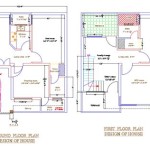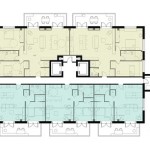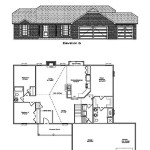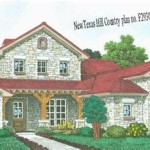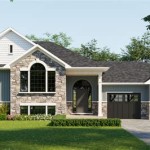Understanding Tiny House Movement Plans: Essential Aspects
The Tiny House Movement has gained significant traction, alluring individuals seeking sustainable, space-efficient, and affordable living options. To embark on this journey, meticulous planning is crucial. Here are the essential aspects to consider when creating Tiny House Movement plans.
Size and Layout
Determine the ideal size and layout for your tiny home. Consider your space requirements, desired functionalities, and potential travel plans. Optimize space by incorporating multi-functional furniture, clever storage solutions, and efficient appliances.
Materials and Construction
Choose lightweight and durable materials to ensure structural integrity while adhering to weight limitations for transportation. Consider sustainable options such as reclaimed wood, recycled steel, and eco-friendly insulation. Plan for proper ventilation, insulation, and weatherproofing to maintain comfort in all seasons.
Utilities and Systems
Tiny homes require self-sufficient utility systems. Plan for a compact kitchen with essentials like a refrigerator, sink, and stovetop. Strategically place plumbing and electrical fixtures for efficient use. Consider alternative energy sources such as solar panels or rainwater harvesting to minimize environmental impact.
Legal Considerations
Familiarize yourself with local building codes, zoning regulations, and parking restrictions. Obtain necessary permits and ensure compliance with all safety requirements. Determine the legal status of tiny homes in your intended location to avoid potential legal challenges.
Budget and Financials
Estimate construction costs, including materials, labor, appliances, and utility installation. Explore financing options, if necessary, to ensure affordability. Calculate ongoing expenses such as property taxes, insurance, and utilities to ensure financial sustainability.
Lifestyle Adjustments
Consider the lifestyle implications of downsizing to a tiny home. This includes adapting to limited space, embracing minimalism, and valuing experiences over material possessions. Plan for shared or community spaces if necessary to enhance social connections and access amenities not available within the tiny home.
Transportation and Mobility
Determine how you will transport and park your tiny home. If it will be mobile, ensure it meets towable weight limits and has a suitable vehicle for transportation. Consider parking options, whether on private property, RV parks, or long-term rental agreements.
By carefully considering these essential aspects, you can create a comprehensive Tiny House Movement plan that aligns with your needs, lifestyle, and aspirations. Embrace the challenge of sustainable, space-efficient living and enjoy the freedom and simplicity that a tiny home can offer.

Tiny House Floor Plans 32 Home On Wheels Design

Tiny House Plans How To Build A Perfect Houses And Live Mortgage Free For Your Home Design Life Paperback Com

10 X 20 Tiny Home Designs Floorplans Costs And Inspiration The Life

Floor Plan Tiny House Movement Tumbleweed Company Transpa Background Png Clipart Hiclipart

27 Adorable Free Tiny House Plans Small Design Floor Cottage

27 Adorable Free Tiny House Floor Plans Craft Mart

Tiny House Plan Examples

Modern Tiny House Plans

Floor Plans For Tiny Houses Besting A Frames Cabins Sheds Unique Small House Build Your Own

Floor Plan House Tiny Movement Angle Building Text Png Pngwing



